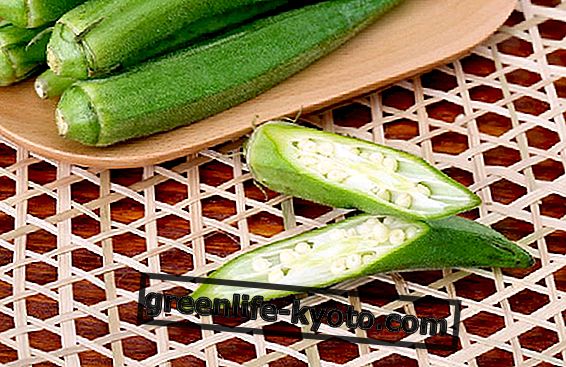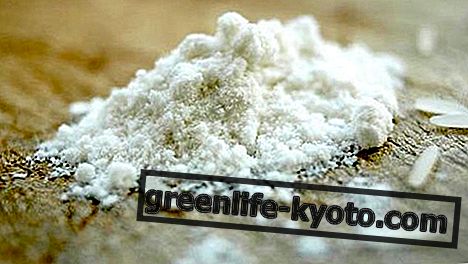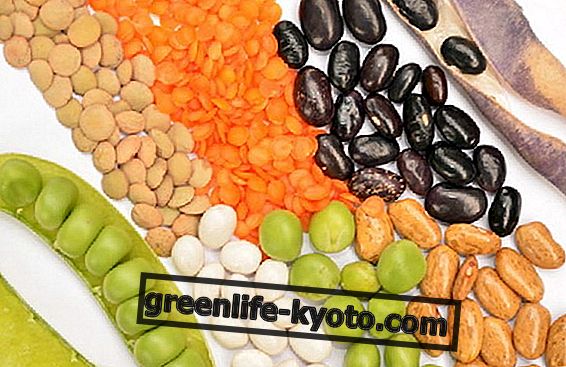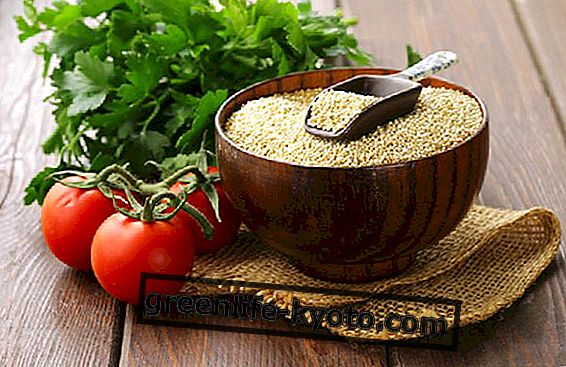
Seasonal fruits and vegetables: often the vegetable garden produces them in large quantities, when we don't have a vegetable garden we buy some more at the market or from the farmer to save money.
So here, having arrived home, the dilemma: where do I put the zucchini? And the persimmons ? How is it best to keep all these beans?
Don't worry, we learn that for every type of vegetable and fruit there is just the ideal place!
Buy, transport ...
First of all, the purchase has its weight: fruits and vegetables should not be bought in huge quantities, especially if you know you can't eat them in time!
Do not be tempted, but think about the doses, calculate roughly the consumption and do not buy more than necessary. Secondly, it is essential to choose fruit and vegetables with the right degree of ripeness, considering that seasonal and local varieties have better maturation times because they are natural.
It is also important to pay attention to transportation . When ladies are seen walking in the streets in Sweden or Germany with a basket full of seasonal fruits and vegetables, it is not only an ecological factor, but also how to transport things is important.
It is always better to put fresh products in paper containers or wicker baskets rather than plastic. In plastic bags, in addition to heat, fruits and vegetables sweat, just as if they were doing a sauna!
Find out how to organize an ecological and anti-waste expense
... and put it in the right place!
Here we are at the point. Refrigerator, fruit basket, shelving, inside or outside the home, freezer. Where to put all this fruit and vegetables?
- The fridge . Pay attention to the temperatures and store the food away from the refractory walls. Here we are around 4 ° C, this should generally be the ideal temperature. The coldest point of the refrigerator is the lowest shelf above the drawer (2 ° -4 ° C), while the compartments inside the door are the hottest points (up to 10 ° -15 ° C); the intermediate shelves can vary from 4 ° -5 ° C, the central ones, up to 8 ° C of the highest ones; the drawers at the bottom can reach up to 10 ° C and it is here that they are those destined to fruit and vegetables, otherwise damaged by lower temperatures. Here vegetables such as salad can be stored, cut and collected in a cloth, to other vegetables that prefer the fresh, such as asparagus, artichokes, carrots, cabbage and cultivated mushrooms. Among the fruit from the fridge there is the banana, as the production of ethylene, a gas that causes its maturation, is slowed down. Obviously if you want to mature it leaves out, in contact with other fruits, such as apples.
- In home. Some foods, instead of needing to be refrigerated, may be damaged. Among these are exotic fruits, citrus fruits, green beans, cucumbers and courgettes . Obviously the products that have yet to mature must be stored outside the refrigerator. The coolest place in the house is perfect for onion and garlic . The solanaceae ( aubergines , potatoes, peppers and tomatoes ), at temperatures below 7-8 ° C tend to change color and stain on the skin. The fridge is tomato's number one enemy: low temperatures favor the formation of mold and make it lose its flavor; so the best way to store them is to store them in a paper bag at room temperature. Fruits such as kiwi, pears and apples, which can last even for weeks, can be placed in a tray or in a large dish or basket, well spread, while the vegetables in a chest of drawers with ventilated shelves. Dried legumes should instead be stored in cool, dry environments.
- Outside the home . It depends on the temperatures, to be checked every day with the help of an outdoor thermometer. In essence, we should avoid leaving vegetables and fruit too long where the sun and the high temperatures, in the warm months, favor the ripening processes. Conversely the cold months could freeze them. Ideal temperatures range from about 3/4 ° C upwards, depending on the product. You can create shelves in a cool, shaded and well-sheltered place, on the terrace or on the balcony, but also in a ventilated cellar, where to store less seasonal vegetables such as zucchini, squash, cabbage, onions, shallots, potatoes and garlic . Among the fruit, those who suffer less are the apple, the persimmon can stay out in the cold, the pear, the banana.
- The freezer. Peppers, aubergines, broccoli, spinach, chard, cabbage, green beans, asparagus, mushrooms, onions, celery, parsley, basil, carrots and even fruit, such as wild berries, blueberries, strawberries (in the case also smoothies), yes they can freeze, so they can be reused on occasion. Certainly the properties and the taste will not be the same, but to avoid waste, the freezer can be a valid ally. As for the vegetables, before storing it in the freezer, it is best to boil it for a minute, letting it cool and if necessary cut it into cubes or the desired size, ready for use. Then put it in a freezer bag, letting the air out and sealing well.
Attention : Apples produce ethylene so it is recommended to be away from other fruit and vegetable products, unless you want to mature quickly!
It is always good to know how to choose which fruits and vegetables to buy and how to wash them at their best.













